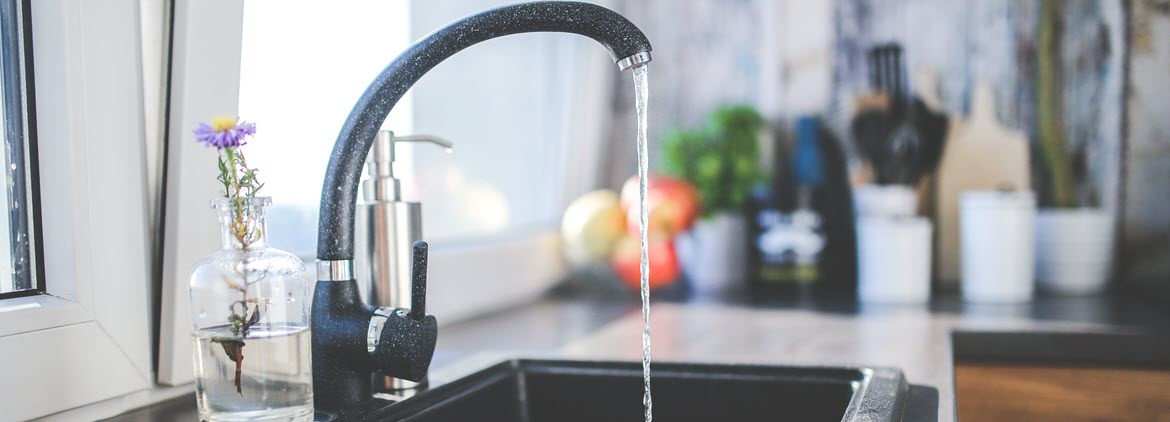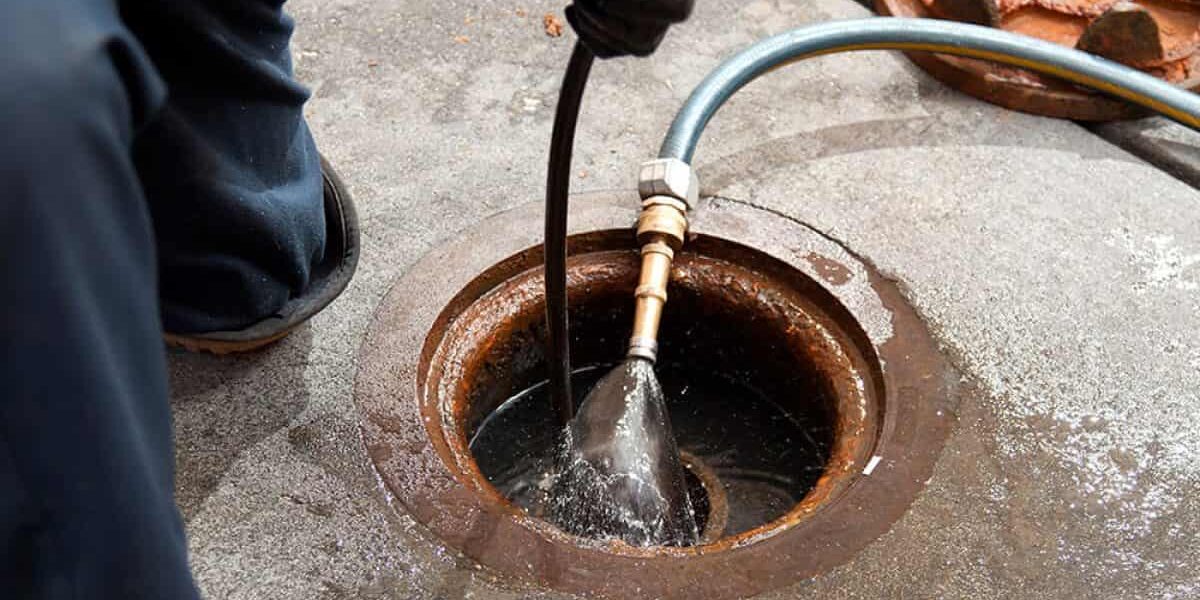Strategies for Dealing with a Blocked Drain Prior to Contacting Plumbing Experts
Strategies for Dealing with a Blocked Drain Prior to Contacting Plumbing Experts
Blog Article
What are your thoughts and feelings about How to handle a clogged drain in your home?

Intro
Taking care of a blocked drainpipe can be an aggravating experience, interrupting everyday activities and potentially triggering damage to your building. However, prior to reaching out to pipes professionals, there are steps you can require to resolve the concern yourself. In this guide, we'll check out do it yourself remedies and preventive measures to tackle a blocked drainpipe efficiently.
Identifying the Issue
The very first step in resolving an obstructed drainpipe is identifying the signs. Slow-moving water drainage, gurgling sounds, foul odors originating from drains, or water support up prevail indications of an obstructed drainpipe. Identifying these indicators early can aid protect against additionally complications.
Choosing the Right Plumbing Service
When picking a pipes solution, consider aspects such as experience, licensing, and customer evaluations. Pick a reputable plumbing with a performance history of high quality workmanship and transparent pricing methods.
Expense Considerations
The expense of professional drainpipe cleaning services can differ depending on the intensity of the blockage and the plumber's prices. Demand quotes from multiple companies and ask about any type of added fees to make sure transparency and avoid surprises.
Safety Precautions
When attempting DIY drainpipe cleaning, focus on safety and security. Use protective gloves and eyewear to avoid contact with harmful chemicals or bacteria. Never ever blend various drainpipe cleaning products, as this can create dangerous fumes.
Instance Researches
Real-life instances highlight the performance of do it yourself remedies and the relevance of prompt expert treatment in solving drainpipe obstructions.
Typical Root Causes Of Blocked Drains
Recognizing the variables that contribute to drain clogs is vital for effective resolution. Usual culprits consist of hair, soap scum, oil, food particles, and international items like sanitary items or paper towels. Tree origins attacking underground pipelines can likewise trigger considerable blockages.
DIY Solutions
For small obstructions, a number of DIY solutions can be effective. Pouring boiling thin down the drainpipe can aid dissolve grease and debris. Baking soda and vinegar or a combination of salt and cooking soda can work as all-natural cleaners. Using a bettor or pipes snake to remove blockages is one more alternative.
Tools and Devices
Having the right devices accessible can make do it yourself drainpipe cleaning extra effective. A plunger is a versatile tool for clearing blockages in sinks, toilets, and showers. A plumbing serpent or auger can get to deeper blockages, while drain cleansing chemicals can be made use of very carefully for stubborn clogs.
Safety nets
To prevent future blockages, taking on safety nets is critical. Install drainpipe guards or filters to catch hair and particles before they enter the pipelines. Frequently flush drains pipes with warm water to liquify oil accumulation, and prevent throwing away grease or strong waste away.
When to Call a Specialist
While do it yourself services can solve small clogs, certain indicators suggest the requirement for professional assistance. Consistent blockages, foul odors regardless of cleaning initiatives, or several drains backing up simultaneously are warnings that call for professional treatment.
Final thought
By following the tips detailed in this guide, you can successfully take on blocked drains and protect against future pipes issues. Whether selecting DIY remedies or seeking expert aid, timely action is essential to preserving a healthy pipes system and preserving the integrity of your home.
How to Clear a Clogged Drain Yourself (And When to Call In the Professionals)
What Can Clog a Drain
Dirt Skin flakes Hair Grease Soap scum Food Offset pipes Tree roots Small objects Mineral buildup DIY Tricks to Unclog a Drain
You can fix this! Once you have identified the source of the clog (or have a vague idea), you can try one or a combination of these fixes in order to clear your plumbing.
Wire Hanger or Snake
Untangle and clear out hair from a drainpipe with a homemade snake. Use a straightened-out wire hanger with a 90-degree angle hook to locate the clog and drag out any unwanted material.
Remember not to push the clog further down to where the wire hanger cannot reach! If you need to follow up with a plunger, give it a try. Your efforts might be more successful after it’s been wire-snaked.
If you want to get fancy and don’t have a wire hanger to spare, head to the store and pick up a hand-operated drain snake. You can get one for $10-$30. It may save you the hassle, and provide additional length to reach deep into the clogged pipe.
Plunger
A cup plunger has a suction cup attached to a wooden handle. The rubber creates a seal around the drain, and increases the pressure force of the plunger.
Plunge for 30-second increments to loosen the clog. This may need to be repeated over the course of 15-20 minutes. Once plunged, run the water to flush the remaining material out of the drain.
Remember– never use a plunger if you have used a chemical drain cleaner. These chemicals can splash up from the force of the plunger and cause serious injury or burns.
Boiling Water
Hot water can sometimes break up materials into a flushable amount. Dirt, grease, and soap buildup requires heat in order to unstick from surfaces.
Take your kitchen kettle and heat your water to a boil. Once it reaches a rolling boil, pour it directly down the drain into the blockage. Carefully follow with plunging, if necessary.
Don’t worry if this takes more than one try! It can often take multiple kettles and repeated plunging in order to clear a particularly stubborn clog.
Chemical Drain Cleaner
As a last resort, pick up a bottle of chemical drain cleaner. Drain-cleaning chemicals are potent, and not very good for the environment.
You may need to wear protective eyewear in gloves before handling your bottle of chemical drain cleaner. Follow the instructions printed on the bottle, and flush with water as soon as the instructions allow. Do not follow with plunging.
Baking Soda and Vinegar
As a safer alternative to chemical drain cleaner, baking soda and vinegar can create a chemical reaction that clears tough clogs.
Combine one cup of cleaning vinegar with one cup of boiling water, and set aside. Once you have done this, pour half a cup of baking soda down the drain. Give the baking thirty seconds to settle and cover a large portion of the problem drain.
Following the baking soda, pour down your vinegar and hot water solution. Once the vinegar and baking soda combine, the mixture will bubble and fix. Let this reaction fizzle in the drain for about an hour.
After an hour, follow with a kettle’s worth of hot water. The heat and liquid should flush out any remaining material.
When to Call a Plumber
If your DIY attempts haven’t cleared your clog drain, it’s time to call in a professional. It’s not worth losing access to your kitchen sink or high-traffic bathroom. A clog in a vital area can keep you from the things you’d rather be doing, and derail your routine.
Anytime a clog is causing water to spread is a time to call in a plumbing service. What starts out as a little bit of water can quickly grow into serious, expensive water damage.
Additionally, a serious clog can result in burst pipes or serious leaks. Make sure you know when to take it seriously!
https://myguysnow.com/how-to-clear-a-clogged-drain-yourself-and-when-to-call-in-the-professionals/

We were brought to that article on from a friend on another web blog. Are you aware of anybody else who is enthusiastic about the topic? Feel free to promote it. Thank you so much for your time invested reading it.
Book Inspection Report this page